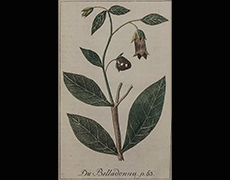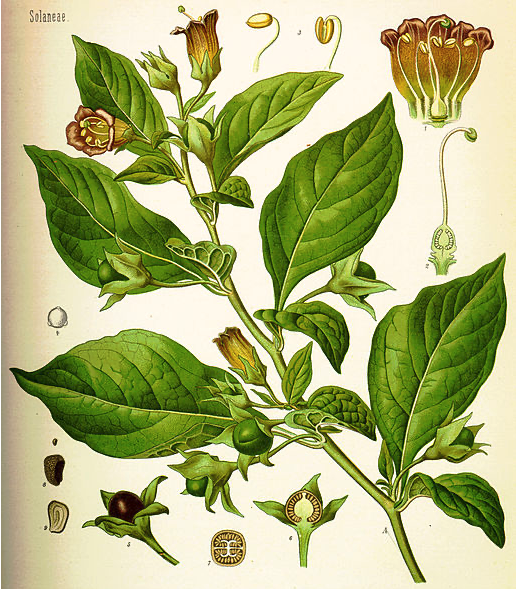
Belladonna, also known as deadly nightshade, is a highly poisonous plant that has been used in both medicinal and magical practices for centuries.
Despite its toxicity, it has played a prominent role in mythology and folklore throughout history.
In this blog post, we’ll delve into the fascinating world of belladonna and explore its place in various mythologies and folklores.

Ancient Greece
In ancient Greek mythology, belladonna was associated with the goddess Circe, who was known for her sorcery and ability to transform men into animals. According to legend, Circe used belladonna to create a potion that would transform her enemies into swine.
The plant was also believed to have been used in rituals by the followers of Hecate, the goddess of witchcraft, magic, and crossroads.

Ancient Rome
According to Roman mythology, belladonna was associated with the goddess Bellona, who was the goddess of war. It was believed that soldiers would use the plant to help them enter a state of frenzy before battle, giving them heightened senses and making them fearless in combat.
Medieval Europe
In medieval Europe, belladonna was associated with witches and sorcery. They believed that witches would use the plant in their rituals to induce visions and produce flying ointments.
The association with witchcraft led to the plant being banned by the Catholic Church, and its use was considered a crime punishable by death.

Today
Despite its toxic nature, belladonna continues to captivate people’s imaginations and has become a symbol of mystery and intrigue.
Its association with witchcraft and sorcery has given it a place in popular culture, appearing in everything from literature to film and television.

